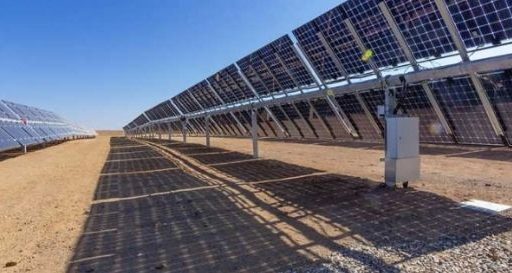With the rise of the renewable energy sector, it is not surprising that there is ongoing research in technologies that show advances aimed at improving efficiency in this area.

With the rise of the renewable energy sector, it is not surprising that there is ongoing research in technologies that show advances aimed at improving efficiency in this area.
Bifacial solar panels are, as implied by the name, solar panels that function on both sides; therefore, they also capture the radiation of the sun on the back side since they use a transparent sheet instead of opaque materials, such as those used in monofacial panels.
Obviously, bifacial solar panels capture the sun’s energy on the back side less efficiently than the energy captured on the face exposed to the sun, given that the back side only captures the reflected radiation due to its indirect exposure to the sun. These types of panels offer greater efficiency when installed on snow or water surfaces or on white roofs.
ADVANTAGES
– Higher performance: By capturing solar energy on both sides, the use of these panels increases the performance of the facilities by generating more energy than monofacial panels. The use of this type of bifacial solar panel increases the facilities’ performance by 5% to 30%.
– Facility optimization: By increasing the facilities’ performance without just increasing the estimated costs for the facilities, the costs and benefits of solar power are optimized faster. Bifacial solar panels are 1.5% more expensive than those used up to now and between 4% and 6% more efficient.
– Design: One of the most obvious advantages is that they can be displayed without fear of degrading the esthetics of the facade. In addition, depending on the location, they are useful for certain other purposes such as awnings, barriers or pergolas.
DISADVANTAGES
The most important drawback of the use of this type of solar panel concerns the regulations issued by the Ministry for Ecological Transition. According to the Ministry, through its Directorate-General for Energy Transition, it has been determined that the “installed power would be the sum of the maximum power of both sides,” which in practice results in different things:
- Obligation to redo, rebid and reapply for permits for all projects if the sum of the power exceeds 50 MW.
- Double the financing of the guarantees.
This single drawback, in fact, is an important price to be paid by industry specialists if they want to make use of this technology, considering that the performance of bifacial panels is not actually twice as high as monofacial panels, as regulations seem to imply. Therefore, the developers are forced to put aside a technology that, in addition to improving the facilities, would reduce the costs for consumers and would make the use of renewable energy available to more people.






